Scoop behind 5 of the biggest X-Men Easter eggs in 'Dark Phoenix': From a dazzling debut to a new alien race (spoilers!)

Warning: This post contains big spoilers for Dark Phoenix.
With the release of Dark Phoenix, the X-Men universe that fans have followed across two decades and 12 movies officially arrives at its own Endgame. Following Disney’s acquisition of 20th Century Fox earlier this year, Marvel’s band of mutants are one step closer to joining the Marvel Cinematic Universe — a union that will almost certainly involve an X-treme continuity reset. And there’s no one better to turn out the lights and lock up the previous version of Cerebro than Simon Kinberg, who has been one of the primary creative forces behind the franchise since 2006’s X-Men:The Last Stand — the first attempt at adapting the seminal Dark Phoenix Saga from the page to the screen.
Even though Dark Phoenix started production before details of the Disney/Fox merger were publicly disclosed, Kinberg knew that it was going to mark the end of an era that began with Bryan Singer’s original X-Men in 2000. More importantly, it represented a chance to correct his biggest regret: Not doing full justice to a storyline that’s widely considered to be the creative pinnacle of the X-Men comic book — the tragic transformation of Jean Grey (Sophie Turner) into the all-powerful Dark Phoenix. “The primary thing I wanted to do was be as true as possible to the essence of Chris Claremont’s Dark Phoenix Saga,” Kinberg tells Yahoo Entertainment. “My biggest regret was that with The Last Stand is that we didn’t really focus on Jean’s story. That was one of the many reasons I wanted this shot to tell the story again.”
But the 1990s-set Dark Phoenix fulfills two other key functions as well: It’s a bucket list for everything Kinberg hadn’t been able to include in an X-Men movie before, as well as the final piece in a tangled continuity puzzle. We asked the writer/director to explain five of the film’s biggest Easter eggs and how they bring the franchise to a definitive conclusion.
Give ‘em the old razzle-Dazzler
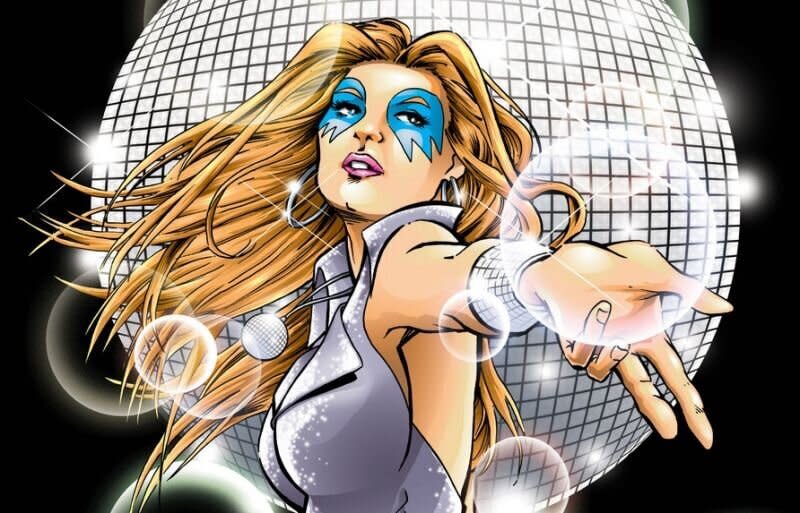
See that girl, watch that scene, dig in the mutant dancing queen. Created during the ‘80s disco craze in partnership with Casablanca Records, the singing and dancing Dazzler has the eye-catching ability to transform sound into literally blinding light. While she may have began her life as a kitschy stunt, Dazzler has since acquired a sizable fanbase that includes Kinberg, who ranked her high on his list of mutants that needed to appear onscreen before the series wrapped up. In fact, she almost made her debut in X-Men: Apocalypse; a deleted scene from that 2016 film featured Jean and Scott (Tye Sheridan) in a record store where they come across a Dazzler album cheekily titled Sounds of Light and Fury.
While that earlier cameo may have been good for a laugh, Kinberg notes that it’s more appropriate for Dazzler to make her first — and only — bow in Dark Phoenix. “Dazzler is a character in the Dark Phoenix Saga, and has a prominent sequence in the comics, so I was looking for an organic place to put her in the movie,” he explains. Eventually, he decided that she’d be the star attraction at the victory party held in the woods outside the X-Mansion in celebration of the X-Men’s latest successful mission: rescuing a crew of astronauts from near disaster. “I asked myself, ‘Where is the music for the party coming from? It doesn’t have to be form a boombox — it could come from Dazzler herself.’ So we finally got that cameo.”
In the past, Kinberg has accidentally fueled speculation that he was looking to feature an actual pop star as the X-Men’s resident pop star. “When we were making Apocalypse, I went to a Taylor Swift concert with some of the cast and we went backstage and took a photo,” he remembers. “People went crazy thinking she was Dazzler in that movie! I’m also friendly with Katy Perry and I posted something with her while we were making Dark Phoenix. But since the movie doesn’t take place in the present, I worried that casting a contemporary music artist would pop you out of the story.”

That led Kinberg to cast The Orville star, Halston Sage, for the dialogue-free cameo. The director reveals that there’s a bonus Dazzler scene that didn’t make the final cut, which occurs right after Jean accidentally shuts down the party by losing control of her powers and injuring her fellow students. “There’s a little transition after Jean has lost control at the party and everyone comes back to the X-Mansion; Charles Xavier enters the hallway and the wounded are making their way up the stairs and Dazzler is among them, with her arm in a sling.”
What’s in a name?
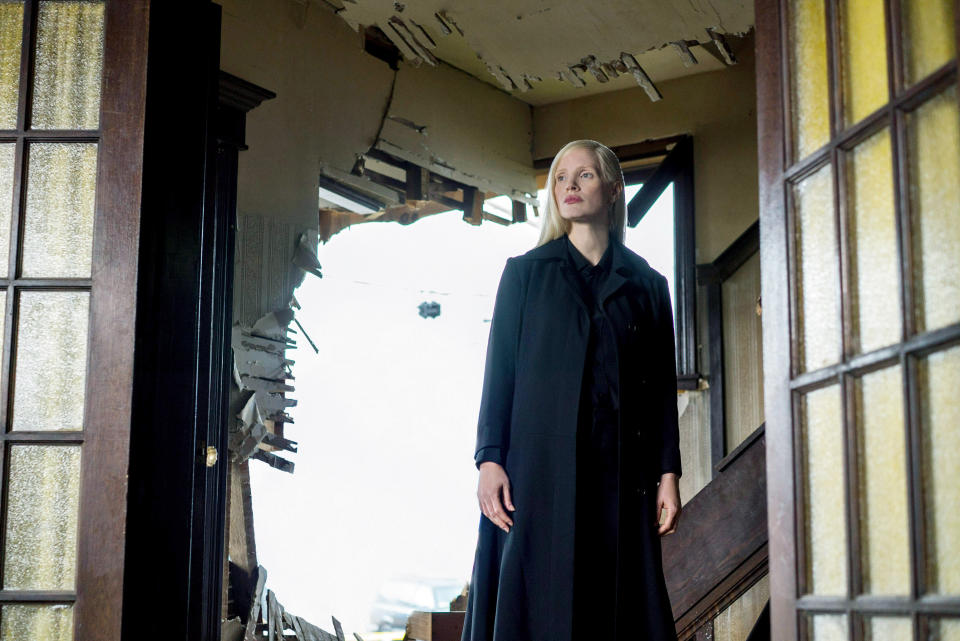
Jessica Chastain makes her comic book movie debut with Dark Phoenix, playing a villain whose exact identity remained shrouded in secrecy during the film’s production. Part of the reason why that information was kept under wraps was due to the fact that the character underwent substantial changes during production — changes that the Oscar-nominated actress has since alluded to in interviews. “The change she’s talking about is that the character initially came to Earth to destroy it,” Kinberg reveals. “As we were shooting, I felt she was doing something more nuanced, so I had her focus more on Jean, and wanting to acquire her power as opposed to just coming here to destroy that power.”
Her motivations weren’t the only things that changed during production. Kinberg initially conceived Chastain’s role as an amalgam of characters from the Dark Phoenix Saga, including Mastermind — one of the members of the X-Men hating Hellfire Club — and Lilandra, the leader of the Shi’ar Empire, which recognizes the danger of the Phoenix Force. “I didn’t want to go all the way into the Lilandra storyline, because I thought it would pull away from the focus on the character-driven storytelling I was interested in,” explains Kinberg. “At the same time, I wanted the story to have the cosmic elements from the comic book; it’s important that the Phoenix Force had destroyed the planet of the aliens that ultimately come to Earth.”

Kinberg eventually found the cosmic connection he needed with the D’Bari, a plant-like alien race that was wiped out when Dark Phoenix absorbed the energy of their planet’s sun. (Unlike their onscreen counterparts, the D’Bari didn’t possess any shape-shifting abilities.) That decision in turn led him to christen Chastain as Vuk — an actual D’Bari character from Marvel Comics, who has a fair amount of experience with Marvel’s terrestrial heroes. Introduced in a 1964 issue of The Avengers, where he encountered Captain America and Thor among others, Vuk later acquired a new name — Starhammer — and some high-tech weaponry to hunt down Jean Grey. “The D’Bari suffered a similar plight as the Shi’ar, so Jessica’s character has the same [background] without all of the plot machinations that come with it.”
This isn’t the Avengers crossover you’re looking for
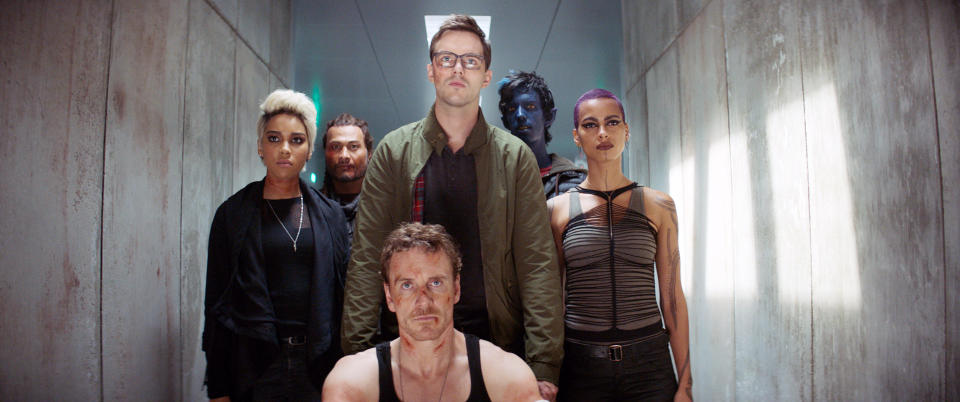
With Avengers: Endgame in the rearview, the next challenge for Marvel Studios chief, Kevin Feige, is orchestrating a gateway for the X-Men into the previously mutant-free MCU. Some fans are already speculating that the D’Bari will offer that bridge between worlds, as now-established residents of Marvel’s expanding cosmic realms. But Kinberg is quick to shoot down that theory. “That wasn’t an intention of mine,” he insists. “The D’Bari just felt like the closest to the Shi’ar storyline without going all the way. I haven’t talked to Marvel about it, and I have no idea what their intentions are for how to integrate the X-Men in the MCU.”
But Kinberg also stresses that he isn’t worried about the X-Men’s future with their new minders. “Certainly, Kevin Feige doesn’t need advice from anyone! He’s the most successful producer in the history of cinema, and what he’s done with the MCU movies is extraordinary. What I’ve learned from working on the X-Men movies is that the ones that have worked best are the ones that really focus on the characters. When we veered too much into relying on spectacle on character over story, we lost what was special about the X-Men. The lesson I learned is to always trust the characters, because they lead you to the best versions of these films.”
There and back again
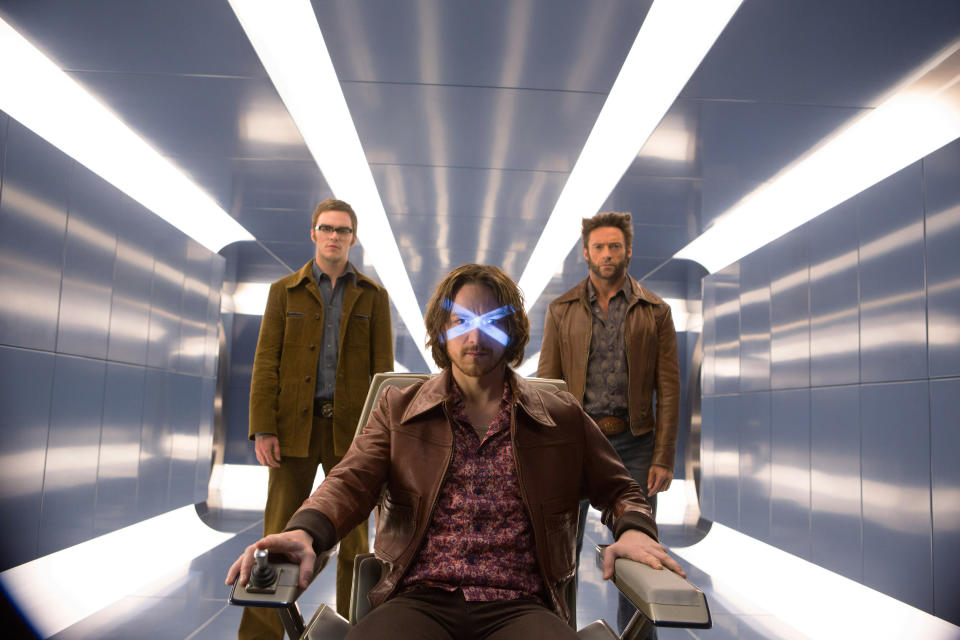
It’s no secret that the continuity of the X-Men films is tangled to say the least. But Kinberg says that Dark Phoenix does chronologically square with what came before… and what comes next. “By setting it in the 1990s, it feels as though we’ve completed the entire cycle, starting from X-Men: First Class all the way to the first X-Men. We’ve gone from the 1960s to the 2000s.” That’s driven home with the final scene, where a supposedly dead Jean Grey reappears in the sky in the form of — you guessed it — a Phoenix. “Jean has evolved into another being,” Kinberg says. “But that doesn’t mean she can’t return to being human, as we’ve seen in the comics.”
In other words, that still leaves room for Sophie Turner to grow into Famke Janssen when the original X-Men picks up the timeline. And it also allows the final scene of X-Men: Days of Future Past to remain intact. At the end of that chronology-resetting film, Wolverine (Hugh Jackman) returns from his future-saving trip to the 1970s to the year 2023, where he discovers that both Scott (James Marsden) and Jean — who previously perished in The Last Stand — are alive and well.
“One of the things that Beast [Nicolas Hoult] says in Days of Future Past is that time is like a river: You can create a ripple, but it just keeps plowing in the same direction. So the notion is that many things change between the 1970s and the 2000s, and yet many things remain intact. Things would have happened in a different form than how they previously played out in X-Men, X2 and The Last Stand.”
Logan is still the real Endgame
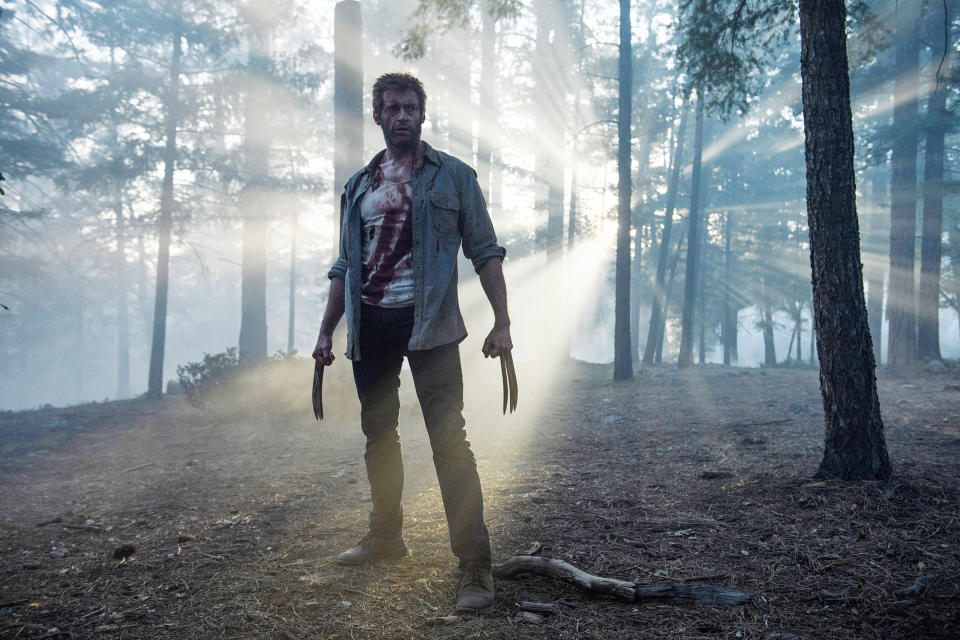
Here’s an Easter egg that’s not in the movie: a cameo from our favorite Canadian mutant, Wolverine. That makes Dark Phoenix the first proper X-Men movie to be entirely Hugh Jackman-free. (For the record, the Australian actor also sat out the original Deadpool, and appeared in Deadpool 2 via recycled footage from the misbegotten spinoff X-Men Origins: Wolverine.) Kinberg has previously said that he cut Logan loose in part because of the age difference between Jackman and Turner. But he tells us that he also didn’t want to distract the audience from Jean Grey’s emotional journey. “If I was going to put Wolverine in the movie, I wouldn’t have wanted to make it a one-off cameo. Given that it’s the Dark Phoenix story, you’d want to make him one of the main characters. My concern then would have been that it would become a Wolverine movie, and I wanted this to be the Dark Phoenix movie.”
Kinberg also recognized the power in letting 2017’s Logan — where Wolverine finally laid down his claws for an eternal rest — be the final word on Jackman’s alter ego. “Even though the timeline would have allowed for it, we did such a good job in completing his story with that film,” he notes. “It would have felt emotionally strange to resurrect him as a character; audiences would have felt like they would have invested a lot in his death only to have him alive again two years later.” In fact, even though Dark Phoenix is the last time we’ll see this version of the X-Men, Kinberg still regards Logan — which unfolds in a bleak future for mutantkind — as the franchise’s final movie. “When you look at the entirety of the timeline, Logan is the end of the X-Men movies as we’ve known them. This saga, with these actors, is done.”
Dark Phoenix is playing in theaters now. Visit Fandango for showtimes and tickets.
Read more from Yahoo Entertainment:


